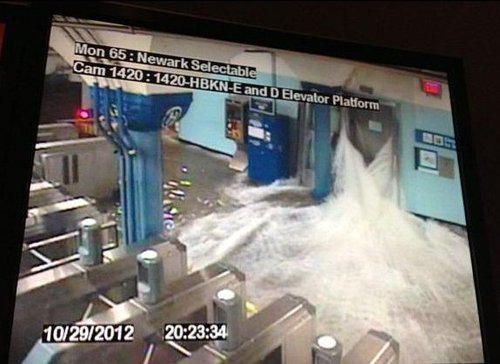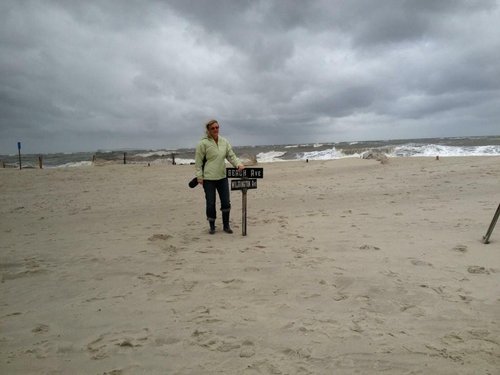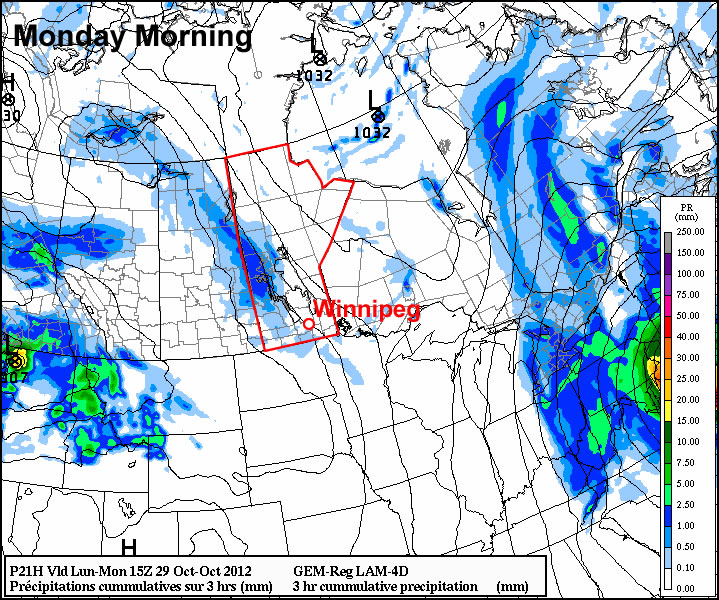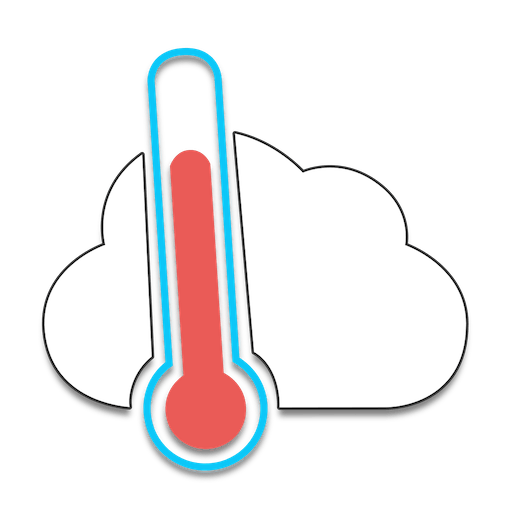The weather for most of this week will be fairly calm and uneventful, but current forecasts show the potential for a major winter storm next weekend.
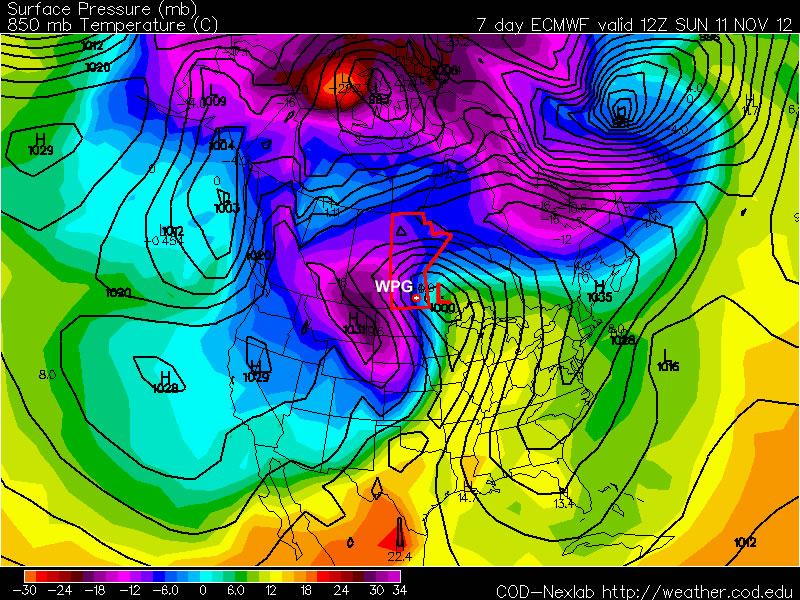
Monday’s weather will be fairly seasonal, with high temperatures just above zero. There may be some light rain during the afternoon and evening hours as a trough of low pressure swings through, though nothing particularly significant. Tuesday will see little change from Monday, with temperatures once again in the low single digits. Perhaps the biggest difference between these two days will be the wind direction, with the wind being north-westerly on Tuesday, as opposed to southerly on Monday. Wednesday will once again be a seasonal day, with temperatures around or slightly above zero.
The main attention this week will be focused on the potential for a major weather system next weekend. Weather models are currently showing a significant Colorado Low system impacting Southern Manitoba next weekend, with the potential for heavy snow and strong winds. At this point it is impossible to predict exactly how this system will affect us, other than to say it could cause significant disruptions. Just as it is impossible to know the exact impacts of this storm this far in the future, it is also not possible to know for sure if this storm will hit us at all. Based on the latest guidance, there does appear to be a reasonable chance of it impacting Southern Manitoba in some way, but we won’t be sure for a few more days. In the meantime, we’ve got some interesting weather to talk about!
